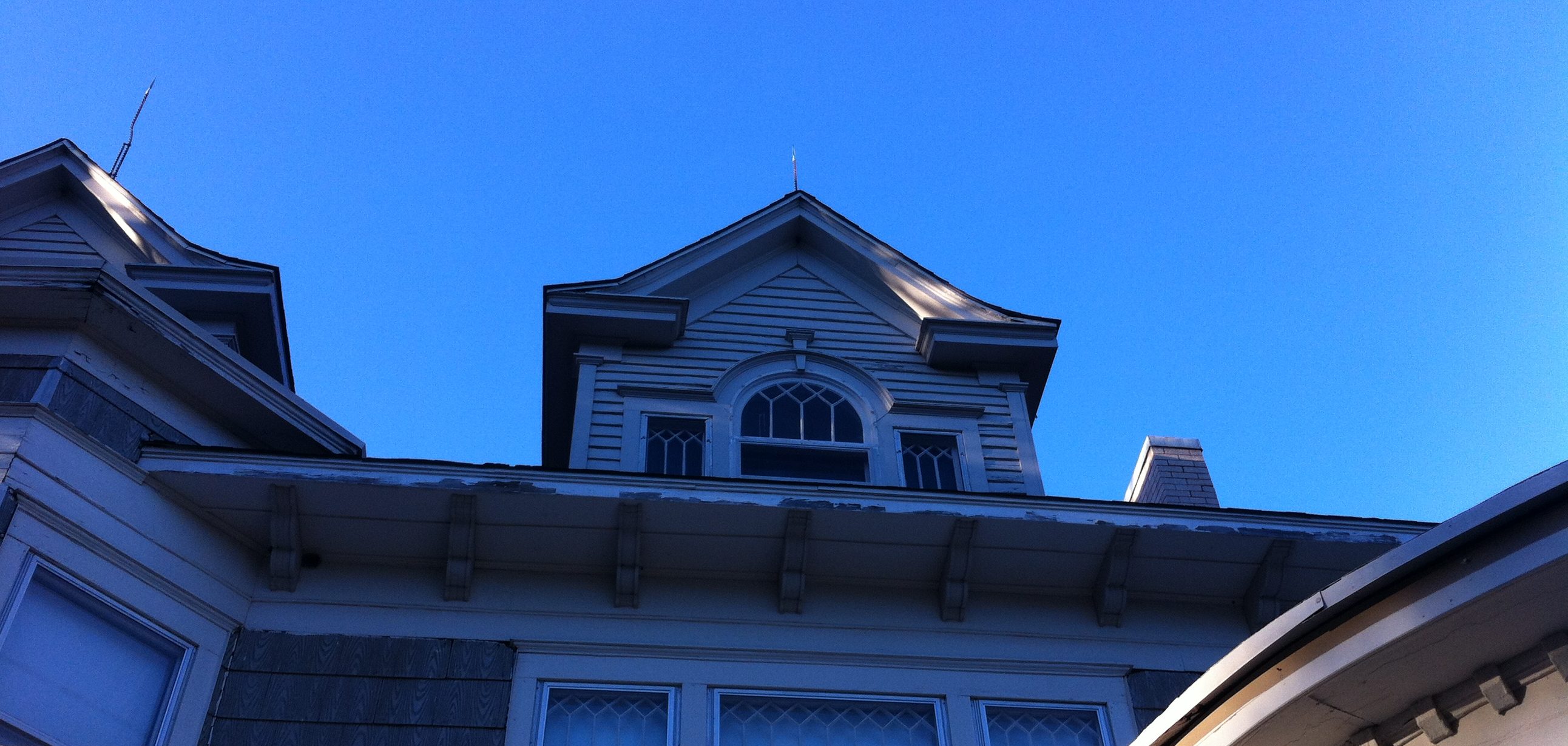How It All Began…
“We must never regard buildings as materials shaped one way or another; they are the crystallizations of great dreams of a nation, of a time.” -Wilhelm Pinder, 1911
The last style of architecture before the Victorian era was Greek Revival. Greek Revival signaled the end of the incredibly formal and symmetrical Classical era. This style was very hard to use in private residential house plans. Just imagine having a home that looked like a Greek temple! These buildings were more suitable to public places: courthouses, city halls, post offices, et cetera. By the 1840s smaller, somewhat daintier homes were being built as summer cottages using stone tracery work with English influences.

“Much of the building philosophy of the time originated from John Ruskin’s The Seven Lamps of Architecture, an ode to house form written in 1848. He stressed the beauty of shapes in nature and advocated the use of previously accepted house styles; and the Victorians followed his lead. His next book, The Stones of Venice, contained an admiring description of medieval architecture that led his followers to Gothic imitations, or the Gothic Revival style.” -Peg B. Sinclair Victorious Victorians: A Guide to the Major Architectural Styles

A Technological Home in the 19th Century
“But the surest test of the civilization of a people afforded by mechanical art, is to be found in their architecture, which presents so noble a field for the display of the grand and the beautiful, and which at the same time is so intimately connected with the essential comforts of life.”
-William H. Prescott, History of the Conquest of Peru, 1847
The Victorians were the first to build homes for the middle class that captured the technology and spirit of the times. Advances in technology, home-building, and “modern thinking” contributed greatly to Victorian architectural styles. “They were the first to build housing on a society-wide scale that featured central heating, weather-tight windows and doors, indoor running water, and artificial lighting, either gas or electric. The housing was expensive by the standards of the day, and only the well-to-do upper and upper-middle class could afford it. Even so, it marked a turning point in history. For the first time people could differentiate houses on the basis of how comfortable and modern they were, rather than by the expense of their ceiling decorations.” (http://users.rcn.com/scndempr/dave/)

Technology affected the interior of Victorian houses with advances in heating, running water, and indoor plumbing. Modern thinking also changed the interior with new ideas about formality, informality and privacy.
Heating: Victorian families built their new homes with transom windows, many fireplaces and other ingenious ways of maintaining air temperature. They invented forced-air heating from central furnaces and paved the way for gas and oil heating. Various advances in air comfort later brought about the open spaces of the craftsman and prairie style homes after the Victorian era ended.
Running Water: Running water was probably the biggest boon to a home. Instead of getting water from a well all you had to do was turn on a faucet. This later led to indoor toilets, or water closets.
Indoor Plumbing: Victorians were very excited about the new indoor commodes and bathtubs, but they were worried about germs. Nevertheless, indoor plumbing was here to stay. Homes were now built with a water closet and a lot of homes were remodeled to include one. Outhouses or privies would soon be a thing of the past.
Formality/Informality: Victorians had definite ideas about the function of each of the rooms in their houses. This led to different decorating styles, not only inside, but out. Most Victorian houses are not very fancy were the informal parts like kitchen and servants quarters were located, but they are highly decorated where formal parts like parlors and front entries were situated.
Privacy: Privacy was another big issue. The inside of a typical Victorian had doors to every room that could be closed off if need be. There are also plenty of little niches, balconies and windows hidden in the inside and outside decoration for more secluded spots.

Technology also affected the exterior of the Victorian house with advances in synthetic dyes, mass production and better building methods. Modern thinking also changed the way people picked out a house design, either through catalogs, pattern books, or both.
Synthetic Dyes: Synthetic dyes introduced new paint colors in purples and pinks and improved the tone of other colors. Victorians used these with excitement in color schemes for their homes.
Mass Production: Mass production led to cheaper, more plentiful and fancier decoration for homes and the ability of the middle-class to afford a style of living they would have only been able to dream of 50 years earlier.
Catalogue Houses: Many companies, such as Sears and Roebuck offered a complete Victorian that you could assemble yourself. This cut down dramatically on expenses and architect fees allowing more people to be able to afford a new house.
Pattern Books: Pattern books offered a wealth of ideas and suggestions to families for their new homes. An architect would be called in, adjustments would be made, a plan was drawn up and construction started. The first pattern book was written by the architect Alexander Jackson Davis who was the illustrator for Andrew Jackson Downing’s many books on early Gothic cottage architecture. The books had illustrations of mail-order plans and instructions that could be followed by carpenters and they showed floor plans and estimated costs of each structure. Completed houses ranged from $800.00 to $3,000.00 with some very extravagant homes in the $5,000.00 range.

A Home For Everyone
…carpenters and builders… -2 Chronicles 34:11
The single-most important factor that shaped Victorian architecture as we know it was the invention of balloon frame construction; which is still the primary way homes are built today. Balloon frame construction, in turn, would not have been possible without the invention of circular saws that cut the new standard-size boards which were joined by the new machine-made nails. Before these technological advances, homes were built using mortise and tenon joinery in which wood was fitted into rectangular openings in posts for support. The wood had to fit perfectly in order to be able to stand on its own. This could be a painstakingly long and tedious process and required skill and craftsmanship. The “new” process was very easy. The frame was not required to stand on its own – it was supported by the siding and held in place by the roof. Unskilled workers could build the skeleton of a building very quickly with this method. People had their doubts, however, as to whether or not it would actually hold up in a strong wind, thus giving this construction method its name. These homes have stood the test of time and most are still standing today.
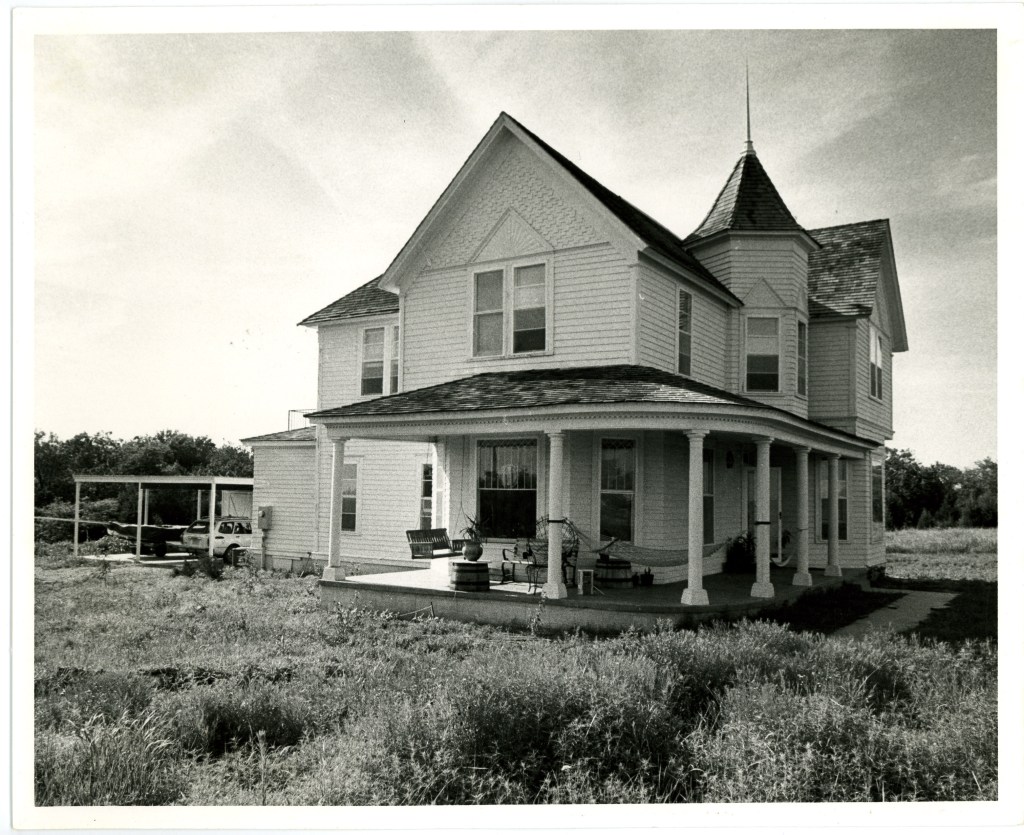
An Explosion of Styles
“Houses as eccentric and scrappy as a crazy quilt, apparently pieced together from the leavings of other houses.” –San Francisco Chronicle, June 19, 1887
With all the new advances and lower costs of building, Victorians became very playful and daring with house design. What happened was a plethora of styles, most of whom borrow heavily from their European descendants, which became the Victorian architectural movement as we know it. A lot of styles, such as Tudor Revival, Second Empire and Gothic, started out borrowing heavily from European architecture. As people used these styles and experimented with them, they transformed into new, spin-off styles, such as Queen Anne, Mansard, and Carpenter Gothic. Some styles evolved so much, like Queen Anne, that it was hard to tell what style it originally descended from.
A Mob of Critics and Fans
“All architecture is what you do to it when you look upon it.” -Walt Whitman
Keep in mind that there were many who loathed this style as well as many who loved it. Even Frank Lloyd Wright, who owed a lot to the Victorians, and who even designed a few Victorians himself, hated them. He once referred to St. Paul, Minnesota’s famous Summitt Avenue lined with beautiful Victorians as “the worst mile of architecture ever built.” This architecture was often called “heathen” the homes seen as “monstrosities” and the era routinely called “The Age of Horror.” The designers of these homes were often said to have “horror vacui– a fear of unadorned surfaces.”
(http:// architecture.about.com/library/weekly/aa100900a.htm) What they do have that is often unappreciated and overlooked is character.
Famous Victorian house photographer Clarence John Laughlin explained the character of Victorian houses as “psychological functionalism”- the intuition used in architecture by American Victorians. It “enabled them to understand the supremely important roles of fantasy and decoration in architecture in a manner far beyond anything we are capable of – this led to many of their houses being far more human and livable than ours.” What a fitting opinion for such wonderful homes.

As America’s landscape changed so did the attitudes of the “old school” about their homes. John Mass, who wrote The Gingerbread Age in 1983, described the Victorian house as an actual character, often stealing the show. “The centers of gravity in American cities have shifted a great deal since the nineteenth century. Once respectable “downtown” sections often become blighted areas. Stately homes stood empty on their weedy lots or were turned into seedy rooming houses. This is where the cliché of the “gloomy, sinister Victorian mansion” got its start – shuttered houses which have not had a coat of paint in decades naturally assume a mournful look. In popular fiction the Victorian house became a likely background for murder and the preferred haunt of ghosts. Empty or moldering houses have a particular attraction for children and other people with imagination.” Victorian houses have inspired a whole gallery of word pictures by American writers. Examples of these writers are: William Faulkner and Booth Tarkington. William Faulkner wrote a touching story called A Rose for Emily about an old, Victorian spinster who lives a lonely life, secluded in her family’s Victorian house while her town changes around her. A Rose for Emily is a sad story of a lonely lady with a very surprising ending. Booth Tarkington wrote The Magnificent Ambersons about the steady decline of a wealthy Victorian family in a small town and how they dealt with changing times. The Magnificent Ambersons is a touching tribute to “The Good Old Days” of the Victorian era.
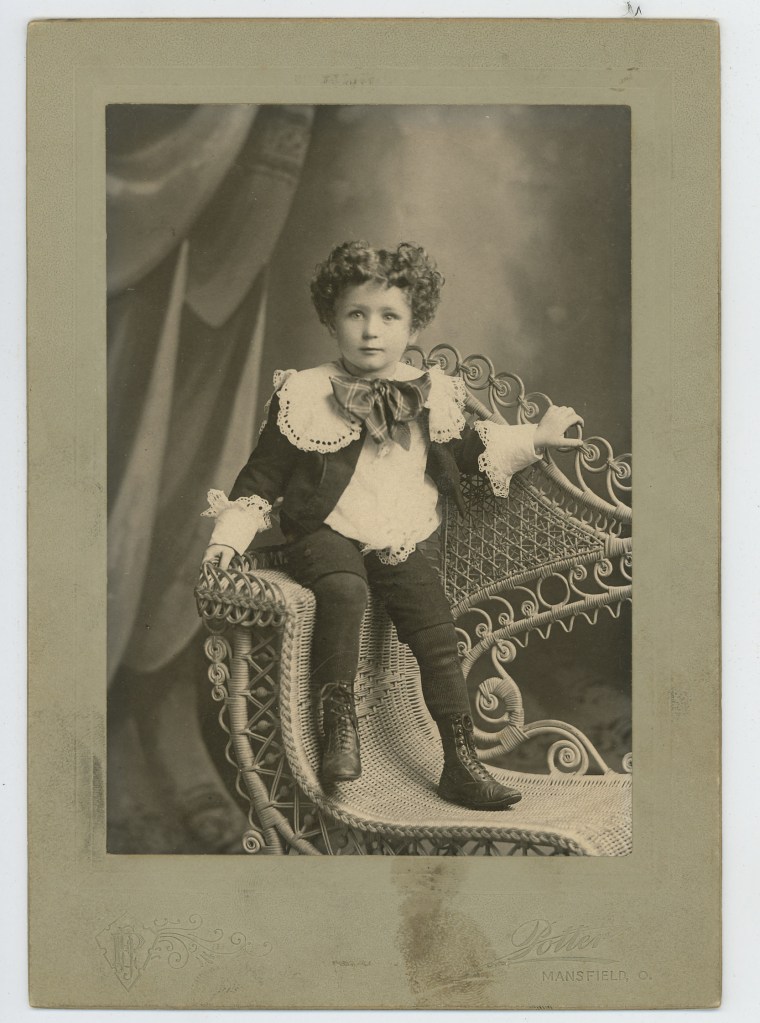
The Demolition
“There were perhaps a dozen of them; all large and shabby, though once they must have been quite elaborate, adorned as they were with balconies, turrets, widows’ walks and lacy wooden trimming. But now the balconies were sagging and the turrets tipsy; the shutters were crooked or gone, and large sections of wooden trimming had broken off.” -Elizabeth Enright Gone Away Lake

After 60 years of building with new technology, culminating in a literal housing explosion at the turn-of-the-century, all it took was a single generation and the Victorians became almost obsolete; wiped off the face of the earth by the technology wave they had ushered in. Around the WWII era people felt entitled to an incredibly modern, up-to-date home with the newest technology. For the first time technology was outpacing itself in home-building. People felt entitled to full electricity, insulation, comfort, central heating, running indoor water and plumbing with more bathrooms than ever, and an efficient kitchen. Even the finest houses built 20 years earlier could not keep up. Victorians were already turning into buildings that the new generation of homeowners and builders wanted to forget. They were like an old, crazy aunt, either hidden away (Victorian neighborhoods became slums) or gotten rid of entirely (today only 2-5% of Victorian housing remains intact in urban cities). A severe backlash was building against the styles of the Victorian Age.
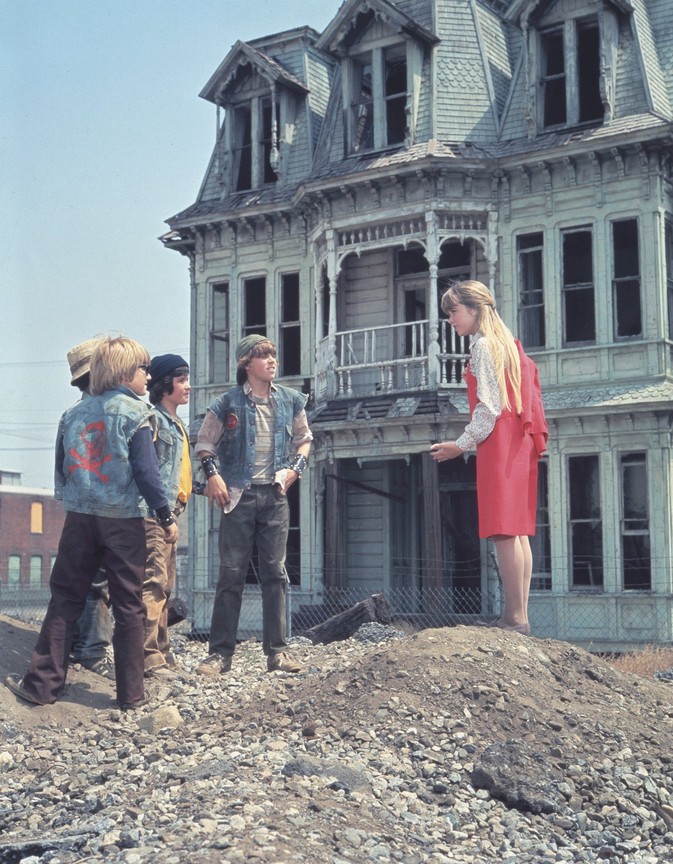
The Victorians weren’t old enough to be cherished as antiques; they were young enough to be considered tacky, horrid and as a good comparison to new, light, comfortable, technology, advanced, efficient, affordable homes. The Victorian homes were unfortunately expensive to take care of. The high ceilings, while working efficiently with fireplaces, cost much more in heating bills from new gas and oil heaters. Middle-class families could not afford servants to clean a 2,500 square foot house when they only lived in 1,500 square feet of it. To install safer electrical lines, indoor bathrooms and a telephone, builders would almost have to gut most Victorian houses. The cost of painting, replacing rotted gingerbread, roofing complex gables, and general outside upkeep was also a huge burden to be considered.
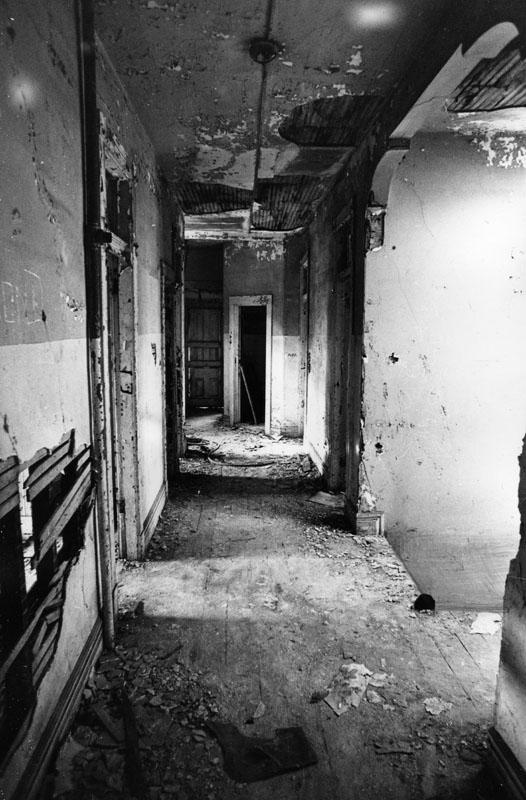
Those that did own Victorians, but loved them and did not want new homes, were made to feel like fools for living with and choosing the responsibility of this “freak architecture.” Most of the families would be laughed at if the public saw them spend their money on the upkeep of these houses, so they quietly, slowly, let them die peacefully. This became almost a fashion for the old Victorian school as John Maass indicates in his book The Gingerbread Age: “The Victorians adorned buildings in a half-ruined state, they called it “pleasing decay.” Their own houses sank into this condition of fascinating disrepair after they became fashionable.” The majority of other people either sold their homes and property to parking lot developers, rented them out as rooming houses, abandoned them, or demolished them. Afterwards they started anew with a fresh, sparkling, socially acceptable house.

The Regeneration
“Cautiously at first, and then more boldly, houses appeared in browns, yellows, greens, and even reds – all sorts of unorthodox colors.” –San Francisco Chronicle, June 19, 1887
Everything moves in and out of fashion in cycles. After 50 plus years of being shunned, the Victorians became fashionable again. The first large-scale movement toward Victorians being back in style was the San Francisco “Colorist Movement.” People who lived in the Victorian row houses in that city started praising Victorians and covering the outside in a rainbow of paint in the spirit of their forefathers. Now, all over the country the once lovely Victorian neighborhoods that had become slums are being revived, and with them the surrounding areas are perking up too. The new problem is the soaring cost to buy these homes. 10-20 years ago it was easy for many lower and middle-class families to purchase these homes and live happily in them. Now, most of these homes are affordable only to upper-middle class and upper-class families. Families with less money, but just as much love, if not more, for these houses are having to consider other options. The property values in some towns, like San Francisco, are so high that only the extremely wealthy can afford to live there. The policemen, teachers, factory workers, and business men cannot even afford to live in the towns they work in. Soon, they won’t be able to afford to live in suburbs either.

I hope you enoyed this recap of the arc of Victorian architectural history. All images except the three in the “Demolition” section are courtesy of the Cleveland County Historical Society.
-Jaime

